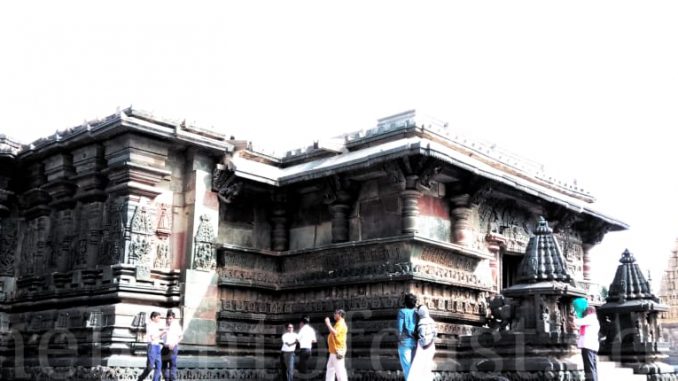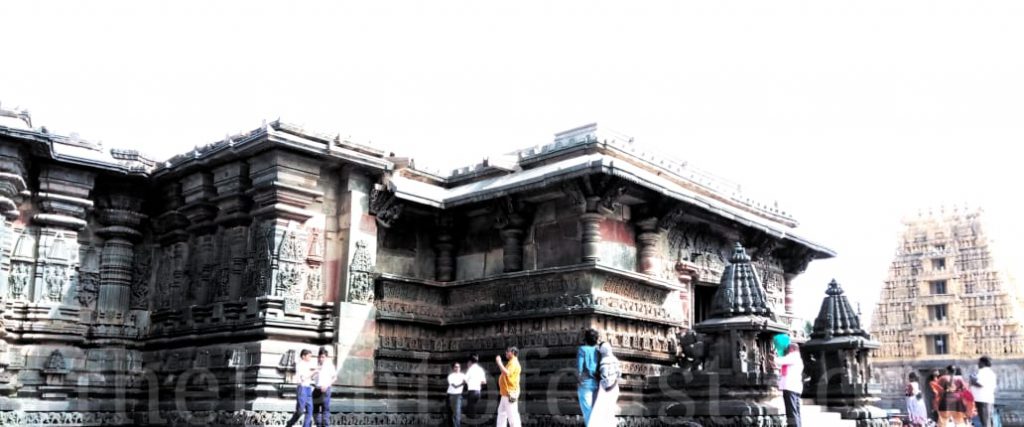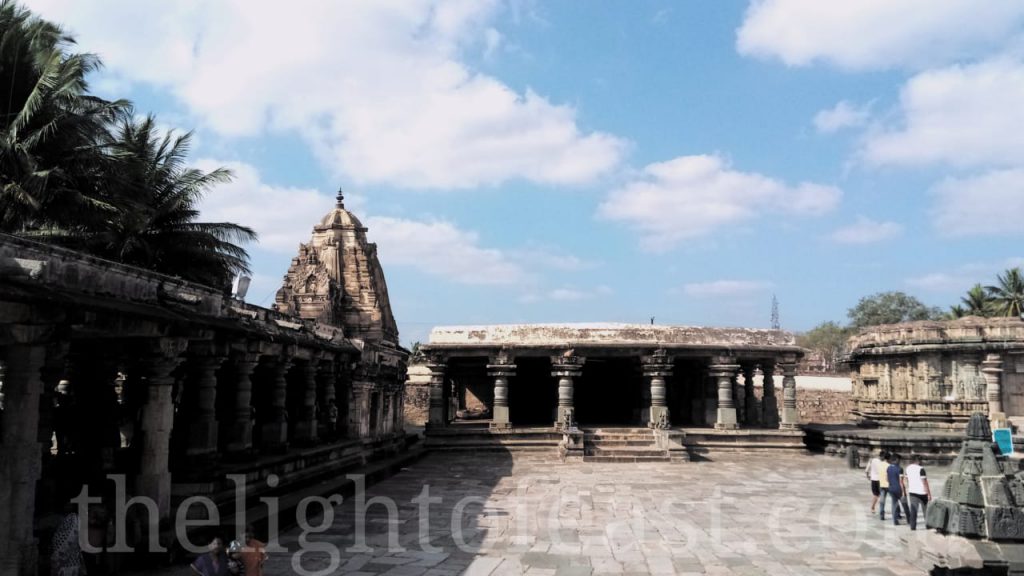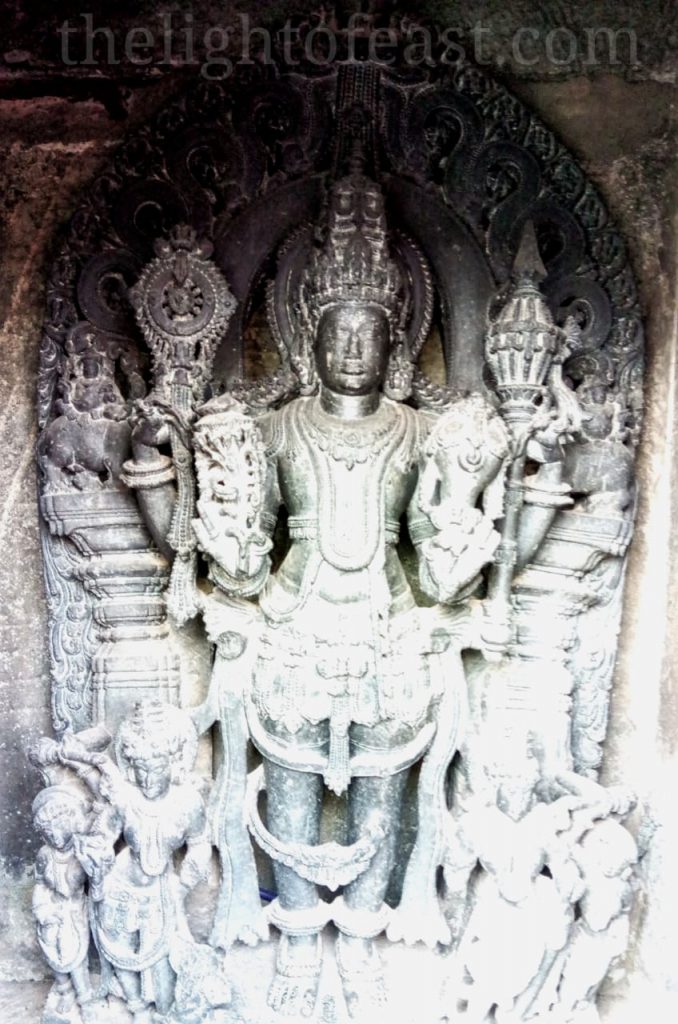
Belur is a Town located in Hassan district in the state of Karnataka, India. The town is renowned for its Chennakeshava Temple, one of the finest examples of Hoysala architecture. Whenever foreign rulers captured some parts of India and tried destroying our ancient temples, there are few architectural amazements that stay crossing the centuries. One among them is the Belur Chennakeshava temple that tells us why Hoysala architecture itself is a wonder.
Hoysala architecture
The Hoysala rulers who ruled many places in Karnataka, South India between 11th century and 17th century built many temples for Lord Shiva and Lord Vishnu. These temples are generally big in landscape that are seen as happening places for cultural arts along with the ritualistic worships. The Hoysala temples generally have Makaratorana, Mantapa, Pillars, Vimana, Garbhagriha and Kalasa structures in common. Two types of mantapas can be witnessed in this architecture. One is the Open Mantapa, that is supported by big pillars. Other is the Closed Mantapa that leads to the Garbagriha. Garbagriha is the place where the deity (Chennakeshava in this temple) resides. The ceilings in the Mantapas are adorned with floral designs. The exterior wall of the open mantapa are made with sculptures of deities, vahanas and scenes from Ramayana and Mahabaratha. The kalasas in the Hoysala temples bear a very nice vase shaped water pot that stands on the top most portion of the Vimana (Entrance). We can witness the character Salabhanjika or Madanika, a women with stylized feminine characters who is portrayed engaging in artistic activities like music, dance etc.

Chennakeshava Temple
The Chennakeshava temple in Believe, was built in the 12th century by the Hoysala king, Vishnuvardhana. The town of Belur was the site for the capital of the Hoysala kingdom. It was built after the land’s best architects and artists were recruited, who came up with designs and styles that would be the hallmark of the complex. The 900 years old temple, located on the banks of the river Yagachi, has the complex structures that has been an integral part of Karnataka’s history. Started in 12th century by Vishnuvardhana, this temple was completed by Bhallala and it took a total of 103 years to build. Out of a total of 48 pillars, all uniquely carved and decorated – Narasimha pillar is one of the most popular ones at the temple. On the right of the temple is the Kappe Channigraya temple and a smaller temple dedicated to a Lakshmi reincarnation, the goddess Sowmyanayaki, sits slightly behind the two. On the left of the Chennakeshava temple, one can find the Ranganayaki temple.

History
According to one of the inscriptions engraved in the Chennakeshava temple, it is believed that Vishnuvardhana built this temple from the wealth which he amassed from the sword. It is also said that the temple was built to celebrate his liberation from the Chalukyas and was a declaration of his sovereign status. That is why he called the deity Vijayanarayana, a name later changed to Chennakesava. Another story behind this temple speaks of his conquest of Talakadu from the Cholas, which was said to have inspired the temple construction.

How to reach?
By air, one can reach the Mangalore Airport and take road for 130 kilometres, while Bangalore International Airport is around 222 kilometres away from Belur. By train, reach to Chickmagluru railway station which is 22 kilometres away while Hassan railway station is around 32 kilometres away from Belur town. By road, Belur is 220 kilometers away from Bangalore and 155 kilometers away from Mysore. Coastal town of Mangalore is 152 kilometers away from Belur.